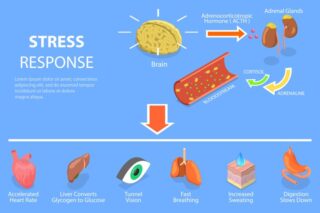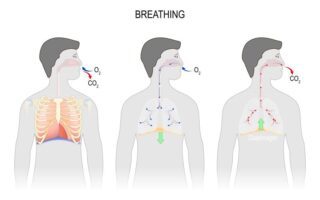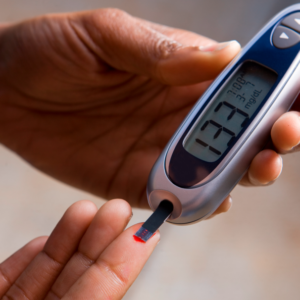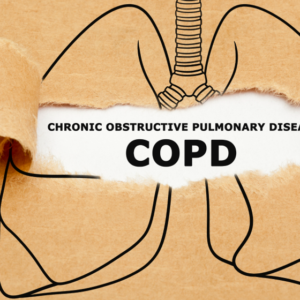Understanding The Symptoms & Causes Of Wheezing
Wheezing refers to the shrill whistling or rattling sound that you hear when you breathe with partially blocked airways. It can be heard more clearly during exhalation than during inhalation. Among the most common causes of wheezing are bronchitis, common cold, and allergic reactions.

When you get a pulmonary infection, your airways become obstructed or inflamed. That is why you face difficulty in breathing and experience symptoms like wheezing and chest congestion. Moreover, the tone of wheezing varies with the location of obstruction or infection in the respiratory tract.
Obstruction in the upper parts gives rise to a hoarse wheeze, whereas lower obstructions lead to a musical tone similar to the sound of a clarinet. This article provides a detailed account of the symptoms of wheezing. You will also learn about its diagnosis and possible treatment methods.
Symptoms Of Wheezing
The frequently reported symptoms of wheezing include a shrill whistling sound along with labored breathing. Some patients also experience tightness in the chest and shortness of breath. Below is a detailed guide of what you should do if you notice any wheezing symptoms.
Contact Your Doctor If:
- You start wheezing and don’t have an asthma action plan or a history of asthma.
- You experience unintended weight loss along with wheezing.
- Wheezing is accompanied by a respiratory tract infection such as pneumonia, sinusitis, or acute bronchitis.
- You have a severe ongoing cough with thick, colored, or blood-tinged mucus.
- The symptoms of wheezing are present along with a high fever.
Seek Immediate Medical Care If:
- You face suffocation while breathing and lose mental focus; this can be a sign of a severe anaphylactic reaction or an asthma episode.
- You start wheezing suddenly and cough up frothy white or pink phlegm; this may indicate heart failure.
- You feel a sharp or stabbing chest pain and cough up bloody phlegm; this may be an indication of pulmonary embolism.
- Your lips and fingernails turn blue and your vision gets blurry.
Potential Risk Factors
Although wheezing can happen to anyone, certain factors can significantly increase your risk of developing it. It mainly results from short-term respiratory illnesses such as:
- Anaphylaxis
- Bronchitis
- Pneumonia
- Reaction to smoking
- Respiratory tract infections
To avoid wheezing, you need to find out the triggers that cause it. Try to abstain from smoking and don’t expose yourself to pollens, performs, and other allergens.
Furthermore, some factors can’t be controlled and so, the goal is to alleviate the symptoms of wheezing. In case of a respiratory illness, your doctor can prepare a customized treatment plan for you.
How To Treat Wheezing?
Apart from OTC medications, there are a few remedies that can help improve your wheezing. These include slow deep breathing exercises that help restore normal lung capacity and widen your airways.
What’s more, drinking hot herbal tea can have a soothing impact on your bronchioles and help fight inflammation.
Takeaway
In most cases, wheezing goes away on its own. However, it may persist in severe medical conditions such asthma, pneumonia, and chronic obstructive pulmonary disease (COPD). So, you should call your doctor right away if you notice any worsening symptoms.








